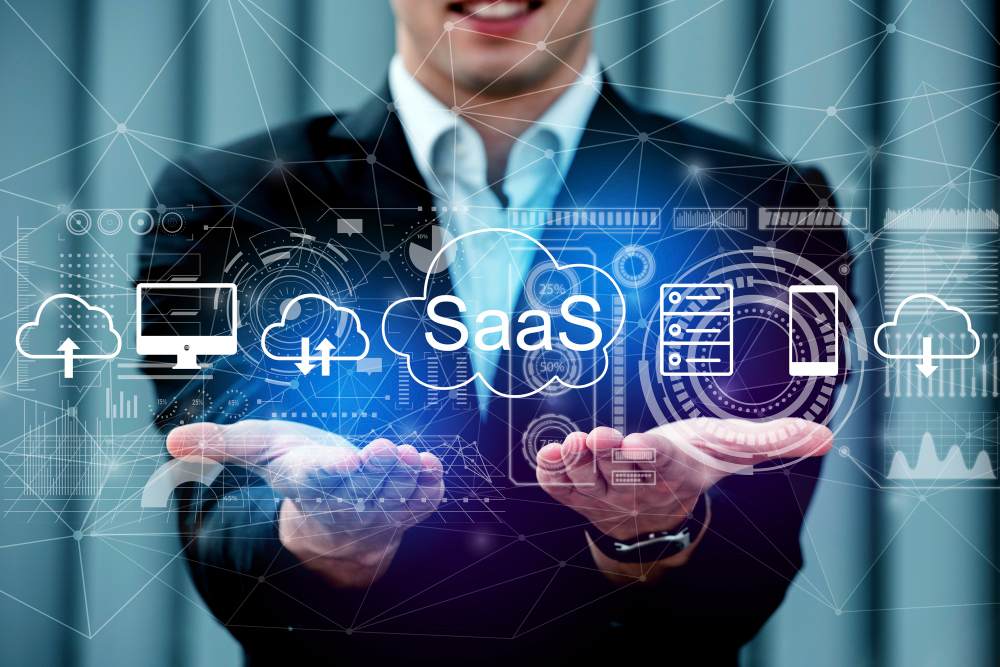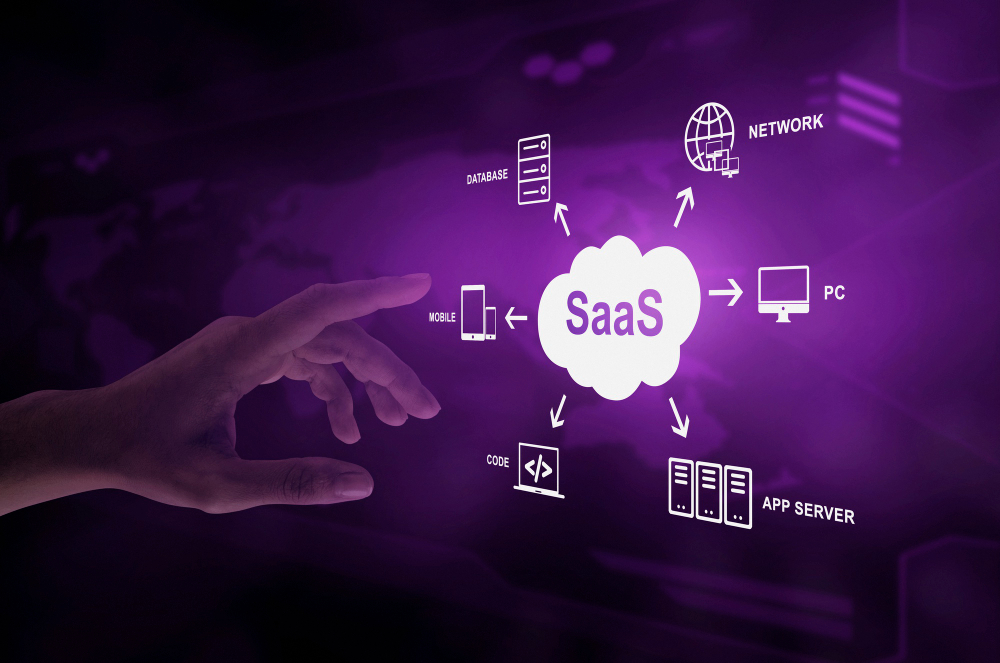Top SaaS Trends to Watch Out for in 2025
5 Mins Read
Published on: 14 October 2024
Last Updated on: 15 October 2024

The software as a service (SaaS) sector has had an eventful decade so far, to say the least. The pre-pandemic years, combined with historically low interest rates, drove high transaction and funding volumes at rich valuations, rewarding many founders and early investors who timed their moves correctly.
However, 2023 and 2024 have seen comparatively muted activity as valuations have fallen back to earth, and some question whether the AI hype cycle has gone over its skis. In this increasingly challenging environment, disruptive SaaS startups backed by seasoned VCs like Target Global have continued to do well, but others have floundered for one reason or another.
That raises the question of what the SaaS industry should expect as we turn the corner into 2025: more of the same, a return to the heady days of 2021, or something in between? Let’s find out…
Top SaaS Trends Predictions for 2025

As we edge closer to 2025, the world of Software as a Service (SaaS) is buzzing with excitement and innovation. It’s no secret that SaaS has revolutionized the way businesses operate, offering flexibility, scalability, and cost-efficiency like never before.
More and more businesses are relying on SaaS solutions. Consequently, SaaS is expected to power 85% of all business applications by 2025, which is a significant increase from 70% in 2023. This growth reflects the increasing reliance on SaaS solutions across various industries (BetterCloud).
So, what does the future hold for this dynamic industry? In the section below, we have reviewed five trends likely to shape the market over the next 12 months.
Value Separation Among AI Use Cases
One of the most important SaaS trends to watch in the coming months is the emergence of value-oriented separation between AI use cases. Most new software solutions tout their AI capabilities today, but only a few promise to unlock real value for users.
It will become more apparent which are which in 2025, and valuations will increase accordingly for solutions that prove themselves out.
For instance, AI solutions that help businesses navigate complex regulatory environments or enhance compliance will be particularly valuable. As regulations around data privacy and security become more stringent, software solutions that address these challenges will see increased demand and higher valuations.
Continued Growth in Vertical SaaS
TechTarget defines vertical SaaS as “a type of software as a service solution created for a specific industry.” Vertical SaaS has been a thing for a long time, even before SaaS was thought of as a discrete category.
However, with continued asset migration to the cloud and a greater focus on cybersecurity, AI, and other considerations, vertical SaaS will increasingly be a value-creation mechanism for its users.
Growth in Custom Enterprise Solutions
A trend related to the growth of vertical SaaS is the emergence of customized enterprise solutions that can replace “off-the-shelf” (if customizable for specific instances) SaaS deployments. We’re already seeing customized, in-house deployments replacing legacy solutions like the Salesforce CRM, which has struggled with customer attrition for several quarters now.
Recent advances in large language model capabilities and other AI use cases have reduced the development time and expense needed for these swaps. This has allowed smaller firms to compete with larger, better-resourced ones.
Higher Standards for Third-Party Integrations
The CrowdStrike outage that took place in July 2024 disrupted aviation and other industries for days and, in some cases, weeks. The culprit was not a cyberattack but a corrupted over-the-air software update that escaped detection until it was too late. As the source of the update, CrowdStrike’s reputation suffered greatly.
The incident revealed the importance of third-party software integrations and led to calls for better oversight and higher standards for these tools. We can expect decision-makers in every industry to take these calls seriously because it’s only a matter of time before the next outage.
One of the measures that companies and decision-makers are likely to take before integrating third-party software is assessing the vendor’s security practices, compliance with regulations, and overall reliability. This includes reviewing security certifications, audit reports, and compliance with industry standards.
They should also consider conducting regular vendor risk assessments to evaluate the ongoing risk posed by third-party software. This includes assessing the vendor’s financial stability, security posture, and compliance with evolving regulations.
Companies should also provide mandatory training and awareness programs for employees to understand the risks associated with third-party software and the importance of adhering to security protocols. This helps ensure that all stakeholders know their roles in maintaining security.
Renewed Focus on Over-the-Horizon Cybersecurity Threats
AI, quantum computing, and targeted ransomware all represent “over-the-horizon” threats that keep cybersecurity professionals up at night. The real question is not whether they will emerge but when they will emerge and whether the “good guys” can keep up. The jury is still out on the second question, which is why every SaaS leader needs to take the challenge seriously right now.
Rise of Low-code/No-code Platforms
Both Low-code and no-code platforms are designed to simplify the software development process, allowing businesses to bring applications to market much faster. The target audience is business users or “citizen users” who have little to no coding experience and can create and manage their own solutions with the help of these platforms.
No-code platforms rely entirely on visual tools such as drag and drop and point and click interfaces, eliminating the need for any coding. However, while low-code platforms also provide a visual development environment and a suite of pre-built components and templates, they still allow for custom code to be added when necessary.
Wrapping Up
The software as a service space can expect the first real separation between AI use cases in 2025, along with continued growth in vertical SaaS and a push among bigger companies for custom enterprise SaaS solutions.
The industry will also push for higher third-party integration standards, renew its focus on bleeding-edge cybersecurity risks, and get a lifeline from lower interest rates. That’s one take on what’s ahead, anyway. But no one in this business has a crystal ball, and uncertainty remains a constant. Hence, SaaS pros should act accordingly.
Read More:



















Comments Are Closed For This Article